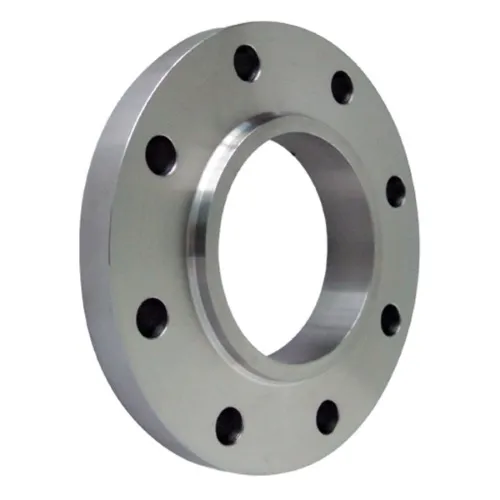-
Cangzhou Yulong Steel Co., Ltd.
-
Phone:
+86 13303177267 -
Email:
admin@ylsteelfittings.com
- English
- Arabic
- Italian
- Spanish
- Portuguese
- German
- kazakh
- Persian
- Greek
- French
- Russian
- Polish
- Thai
- Indonesian
- Vietnamese
- Zulu
- Korean
- Uzbek
- Hindi
- Serbian
- Malay
- Ukrainian
- Gujarati
- Haitian Creole
- hausa
- hawaiian
- Hebrew
- Miao
- Hungarian
- Icelandic
- igbo
- irish
- Japanese
- Javanese
- Kannada
- Khmer
- Rwandese
- Afrikaans
- Albanian
- Amharic
- Armenian
- Azerbaijani
- Basque
- Belarusian
- Bengali
- Bosnian
- Bulgarian
- Catalan
- Cebuano
- China
- China (Taiwan)
- Corsican
- Croatian
- Czech
- Danish
- Esperanto
- Estonian
- Finnish
- Frisian
- Galician
- Georgian
- Kurdish
- Kyrgyz
- Lao
- Latin
- Latvian
- Lithuanian
- Luxembourgish
- Macedonian
- Malgashi
- Malayalam
- Maltese
- Maori
- Marathi
- Mongolian
- Myanmar
- Nepali
- Norwegian
- Norwegian
- Occitan
- Pashto
- Dutch
- Punjabi
- Romanian
- Samoan
- Scottish Gaelic
- Sesotho
- Shona
- Sindhi
- Sinhala
- Slovak
- Slovenian
- Somali
- Sundanese
- Swahili
- Swedish
- Tagalog
- Tajik
- Tamil
- Tatar
- Telugu
- Turkish
- Turkmen
- Urdu
- Uighur
- Welsh
- Bantu
- Yiddish
- Yoruba

Oct . 31, 2024 12:22 Back to list
Bending Techniques for 1-Inch Stainless Steel Tubing Applications and Best Practices
Bending 1 Inch Stainless Steel Tubing Techniques and Considerations
Bending stainless steel tubing, particularly in the 1-inch diameter range, is a common practice across various industries, including automotive, aerospace, and manufacturing
. The process, while straightforward in concept, requires careful consideration of materials, methods, and desired outcomes to achieve optimal results.Stainless steel is renowned for its corrosion resistance, strength, and aesthetic appeal. These qualities make it a preferred choice for both functional and decorative applications. When working with 1-inch stainless steel tubing, understanding the specific grade of stainless steel is vital. Commonly used grades include 304 and 316, both of which offer different balances of corrosion resistance, strength, and formability. The choice of grade will influence the bending process, as some grades are more ductile and easier to bend than others.
The bending of stainless steel tubing can be accomplished using several techniques, with the most common methods being manual tube bending, rotary draw bending, and mandrel bending. Each method has its advantages and is suited to specific applications. For example, manual bending is often used for short runs or custom applications but may not provide the precision required for more complex shapes. In contrast, rotary draw bending allows for greater accuracy and is ideal for producing intricate bends in larger production runs.
bending 1 inch stainless steel tubing

One of the critical factors in bending stainless steel tubing is the bend radius. The bend radius must be calculated carefully to avoid kinking or damaging the tubing. A general rule of thumb is that the bend radius should be at least equal to the diameter of the tubing. For 1-inch tubing, a bend radius of 1 inch or larger is often recommended, although tighter radii can be achieved with proper techniques and equipment. Using a mandrel during the bending process can help maintain the integrity of the tubing by providing internal support, thereby minimizing distortion during the bend.
Another important consideration is the wall thickness of the tubing. Thicker walls can resist deformation better but may require more force to bend. Conversely, thinner walls are easier to bend but may be more susceptible to wrinkling or collapsing. The selection of wall thickness should be based on the strength requirements of the final application and the limits of the bending process employed.
Heat treatments can also play a significant role in the bending process. While some stainless steels can be bent cold, others may benefit from being heated to reduce brittleness and increase ductility. However, careful control of the heating process is essential to avoid compromising the corrosion-resistant properties of the material.
In conclusion, bending 1-inch stainless steel tubing involves several considerations, including material selection, bending technique, bend radius, wall thickness, and necessary heat treatments. By approaching the process with careful planning and knowledge of the characteristics of stainless steel, manufacturers can achieve durable, precise bends that meet the needs of their specific applications. As industries continue to innovate, the techniques for bending stainless steel tubing will also evolve, enhancing possibilities for creativity and functionality in design.
Latest news
-
ANSI 150P SS304 SO FLANGE
NewsFeb.14,2025
-
ASTM A333GR6 STEEL PIPE
NewsJan.20,2025
-
ANSI B16.5 WELDING NECK FLANGE
NewsJan.15,2026
-
ANSI B16.5 SLIP-ON FLANGE
NewsApr.19,2024
-
SABS 1123 FLANGE
NewsJan.15,2025
-
DIN86044 PLATE FLANGE
NewsApr.19,2024
-
DIN2527 BLIND FLANGE
NewsApr.12,2024
-
JIS B2311 Butt-Welding Fittings LR/SR 45°/90° /180°Seamless/Weld
NewsApr.23,2024











